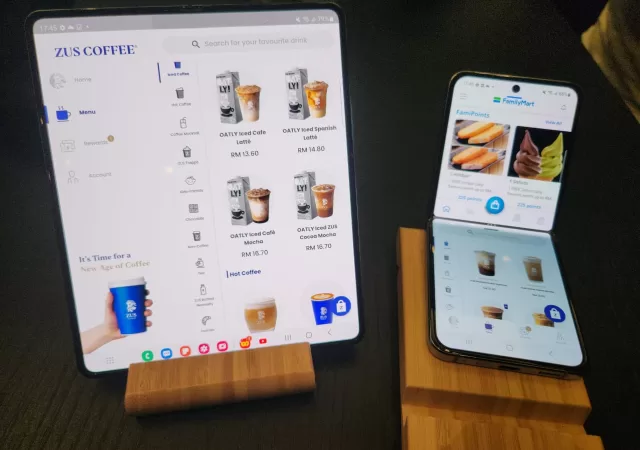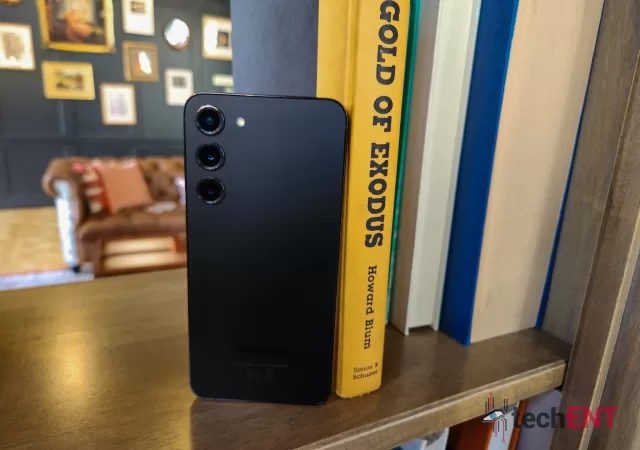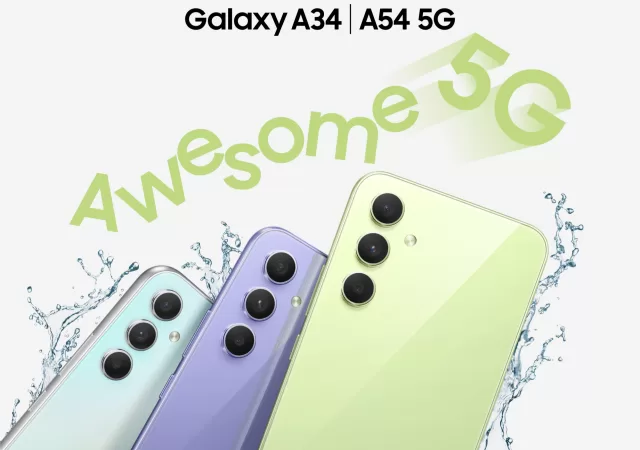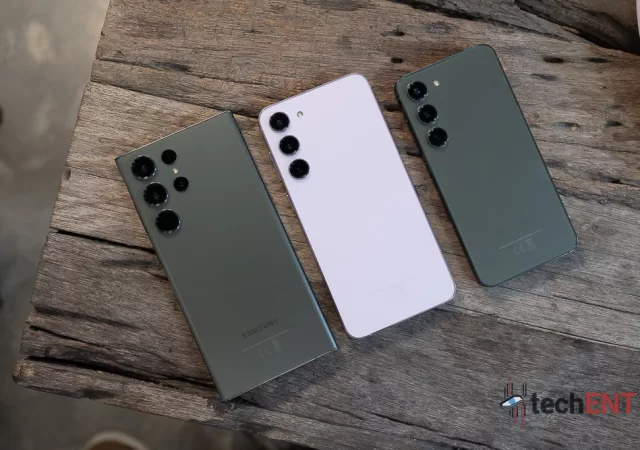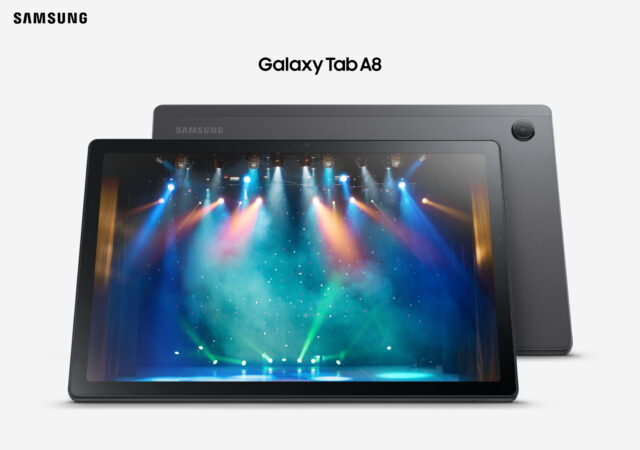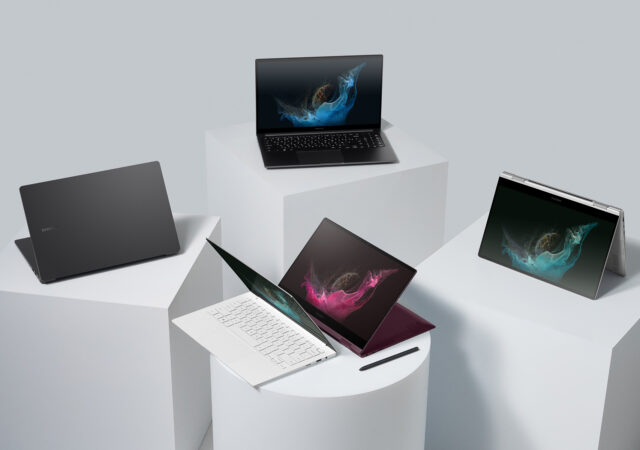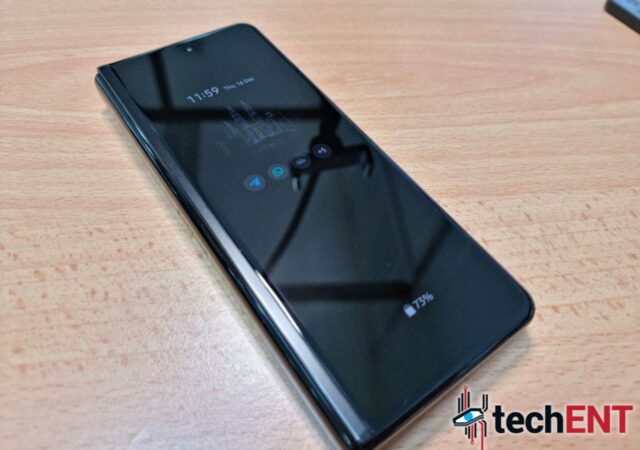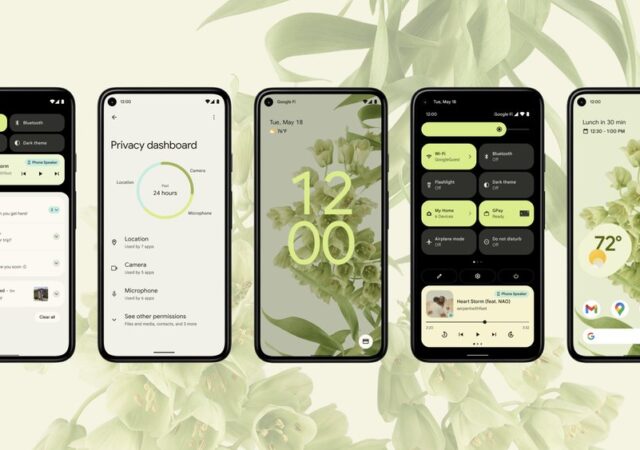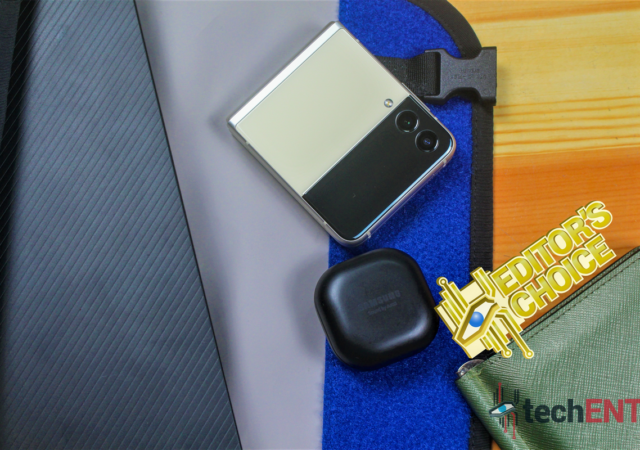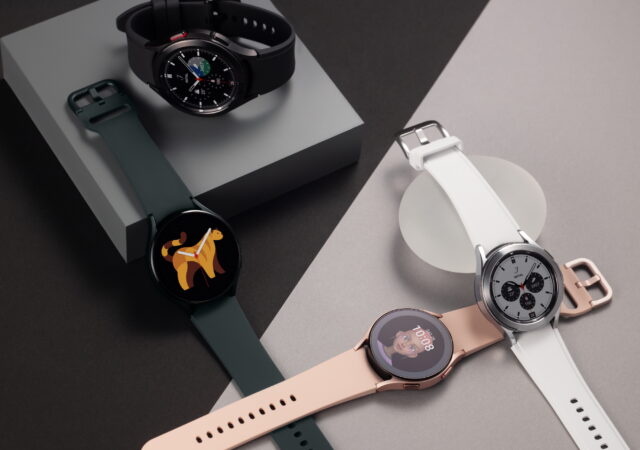Samsung showcases its first cohort of partners with apps optimized for foldables, particularly the Galazy Z smartphones, in Malaysia.
Samsung Galaxy S23+ In-Depth Review: Refinement at Its Best For A Price
Samsung’s latest Goldilocks flagship, the Galaxy S23+, continues to be an addition into what can only be called an iterative formula. But has it done enough to stand out?
Samsung Unleashes Awesome With New Galaxy A Series Flagships
Samsung launches new mid-range Galaxy A series phones, the A54 5G and A34 5G, with flagship camera experiences, long-lasting battery life, and better performance. They come with a 2-year warranty and 4 generations of OS upgrades and 5 years of security updates.
Samsung Unpacks The Galaxy S23 Series
Samsung unveils it’s new Galaxy S23 series which brings a customised Qualcomm Snapdragon 8 Gen 2 processor with a whopping 200 megapixel camera.
Meet The Samsung Galaxy Tab A8 – A Mid Range All-Rounder
Samsung has been creating waves and making its mark with its tablets – notably, the Galaxy Tab S series which pushes the boundaries of multitasking and productivity. However, what happens if we want the portability and versatility of a tablet…
[MWC 2022] Samsung Introduces the 2nd Generation Galaxy Book – Introducing the Samsung Galaxy Book2 Pro Series
Samsung announced their next generation Galaxy Book2 Pro with 12th generation Intel Core processors and One UI Book 4 in tow.
Samsung Galaxy Z Fold3 In-Depth Review – Back in Black
Samsung Galaxy Z Fold3 launched late last year. The foldable is still today’s most powerful foldable smartphone. Is it worth MYR 6,699?
Android 12 Based One UI 4.0 is Coming to Samsung Galaxy S21 Devices Near You
Samsung is starting to roll out their Android 12 based One UI 4.0 on the Samsung Galaxy S21 devices with more to follow in the coming months.
Samsung Galaxy Z Flip3 In-Depth Review: They’re On to Something!
Samsung’s new Galaxy Z Flip3 is bound to turn heads with its eye catching design. We’re putting it throught the TechENT Review to see how it does overall.
Samsung Galaxy Watch4 Series Debuts with Wear OS
Samsung revolutionises their Galaxy Watch series with the new Galaxy Watch4, the first smartwatch to come with Wear OS 3.



